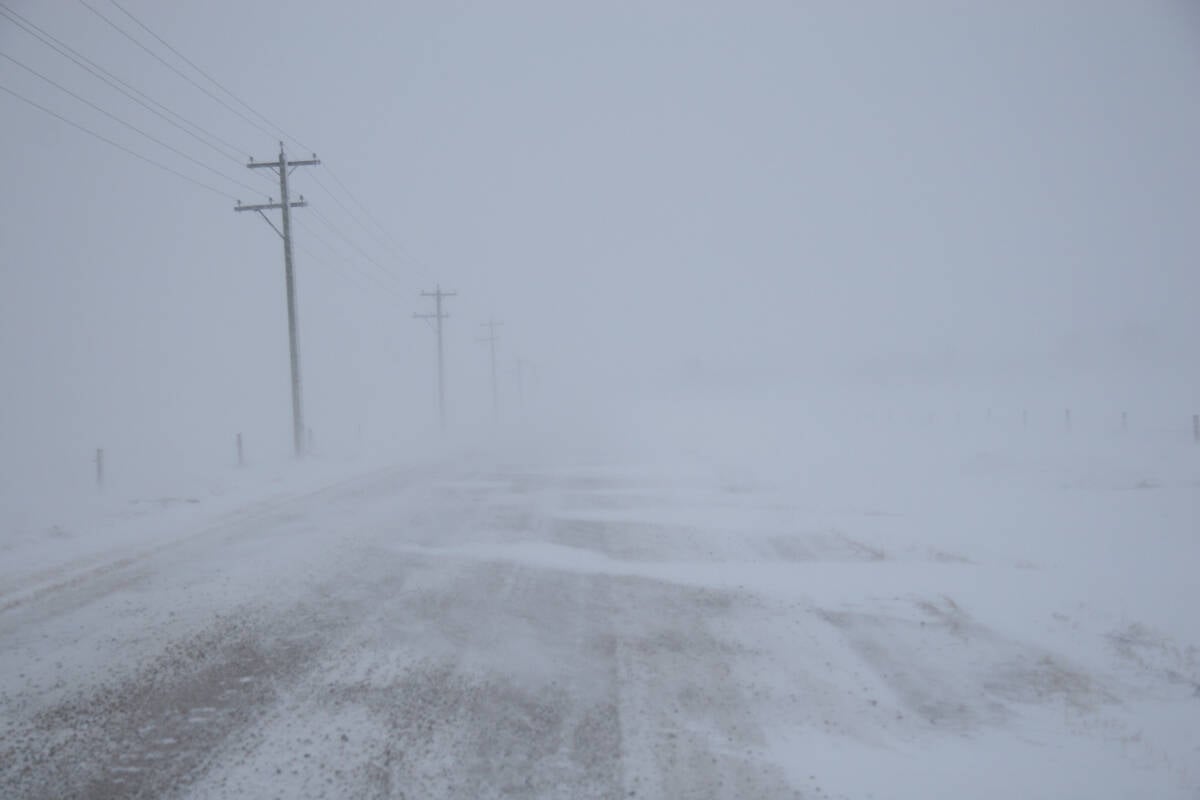Developing a credible and effective traceability program for Canada’s grain industry will be a difficult, costly and uncertain undertaking, a key grain industry player warned last week.
But Jim Wilson, chair of the Canada Grains Council and Agricore United, told a grain industry meeting Dec. 9 that customers increasingly are demanding the ability to trace back the origins of their food. It is inevitable.
And even though risks in the grain sector are less than in some other food sectors, a number of customers such as poultry and hog owners are introducing food safety programs that require the ability to trace ingredients including what their animals are fed.
Read Also

Volatile temperatures expected for this winter
DTN is forecasting a lot of temperature variability in the Canadian Prairies this winter. Precipitation should be close to average.
“I think we’re seeing the development of a system and a mentality where traceability must begin at the farm level and extend up through the system,” said Wilson.
For a sector that includes bulk handling of commodities, it means a segregation and identity preservation system that costs money.
Customers will have to realize that 100 percent purity is not possible.
“Absolute guarantees (of) 100 percent are not possible,” he said.
Even guaranteeing a high level of certainty about the content of a shipment will be costly.
A survey of grain-handling companies produced predictions of handling and transportation costs of between $4.50 and $15.35 per tonne if the purity requirement is 95 percent. The average cost prediction was $10 a tonne.
The costs soar when the purity requirement is 98 percent. Company estimates of cost ranged from $14.28 per tonne to $48.01, an average of $30.
“These are significant costs,” Wilson said in an interview. “How do we absorb these costs in a low margin business? It is a major question.”
Another major question, he said, is how the grain industry would react if it experienced a problem comparable to the bovine spongiform encephalopathy in the beef industry.
“At the moment, we don’t have a plan of reaction and containment if there is an event,” Wilson said in an interview. “I’m bringing it up because I think we need to launch a discussion. We need to assess the risks and then decide how we would handle a situation.”
The CGC chair said no emergency strategy planning is under way.
Meanwhile, on Dec. 10 Agriculture Canada announced that $62 million in federal funding is being made available over the next five years to help create stronger food safety and traceability programs.
“Project proposals that are national in scope and relate to the development or implementation of systems that monitor and control food safety or food quality or the traceability of goods from field to fork will be considered for funding,” the department said in its announcement.
Wilson said a problem for the industry in moving to a stronger product segregation system is figuring out if the market will pay a premium price for food products that have a traceability guarantee.
Not all markets will pay a premium and he said it may result in some farmers not joining the program if they plan to produce for lower-priced markets that do not require traceability guarantees.
“I think this has to be a voluntary program and farmers can make their own decisions about what markets they are targeting,” he said.














